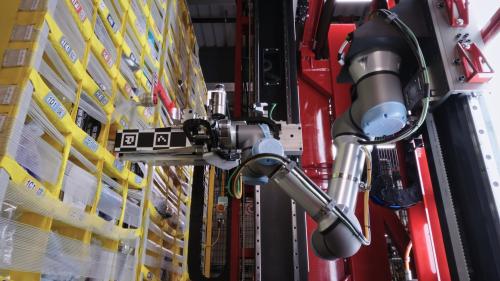The Brookings Institution is committed to quality, independence, and impact.
We are supported by a diverse array of funders. In line with our values and policies, each Brookings publication represents the sole views of its author(s).

Research
BPEA | 1978 No. 31978, No. 3
FEW PROFESSIONAL ECONOMISTS would espouse the view that wage determination is the fundamenta clause of inflation. But many economists and certainly many policymakers-have the uneasy sense that the wage determination process contributes to the difficulty in checking the current inflation. Historically wages have been at the center of formal and informal intervention efforts. During the Kennedy and Johnson administrations the voluntary wage guidepost of 3.2 percent was the only absolute magnitude suggested by the Council of Economic Advisers. Prices were basically supposed to follow costs. Because most nonlabor costs are simply all other prices, the major constraint in the guidepost program on the inflation process operated through wages. A similar logic applied during the 1971-74 controls program when the 5.5 percent wage standard was promulgated by the Pay Board.’ Again, price controls were based primarily on cost markups so that the principal restraint on inflation was the impact of wage determination on costs. The new guidelines program announced by President Carter focuses on a wage standard of 7 percent, with price rules based on a mixture of cost markups and past pricing behavior.